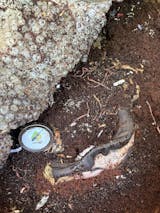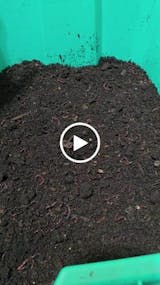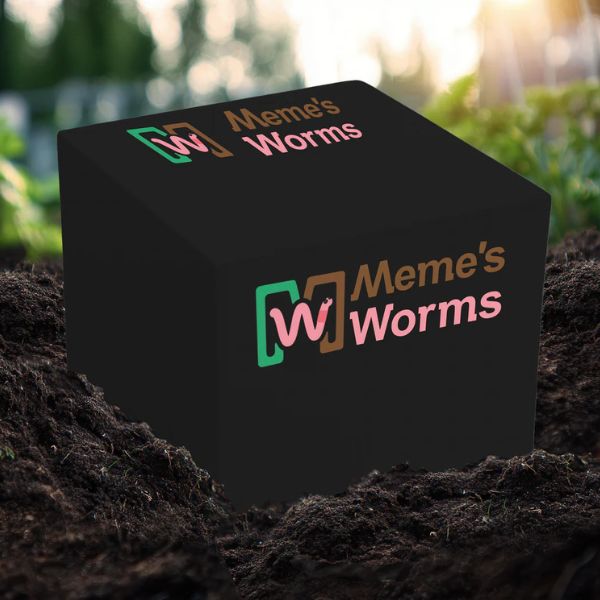
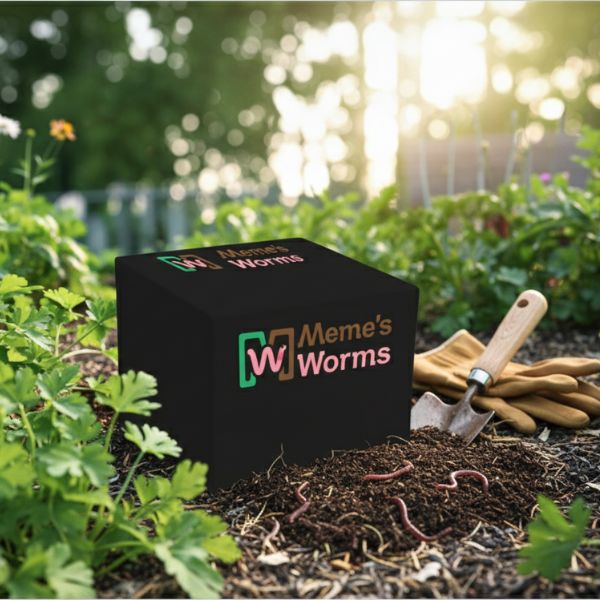
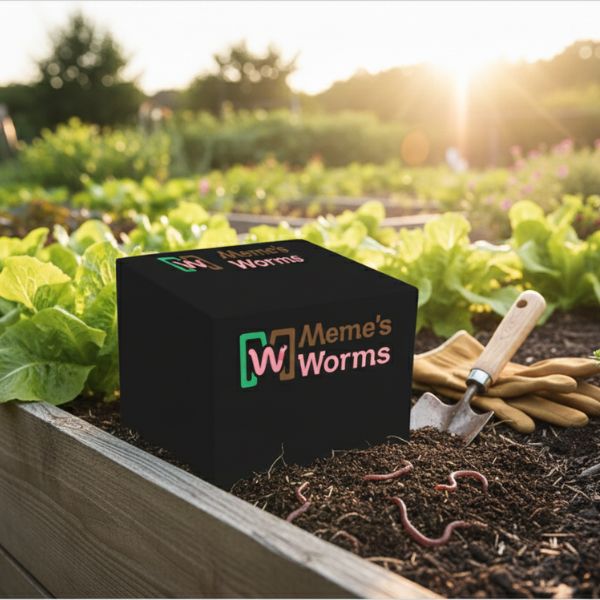
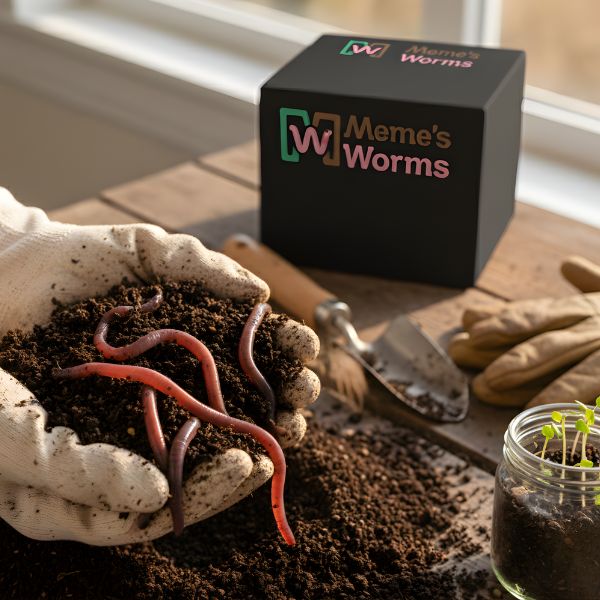
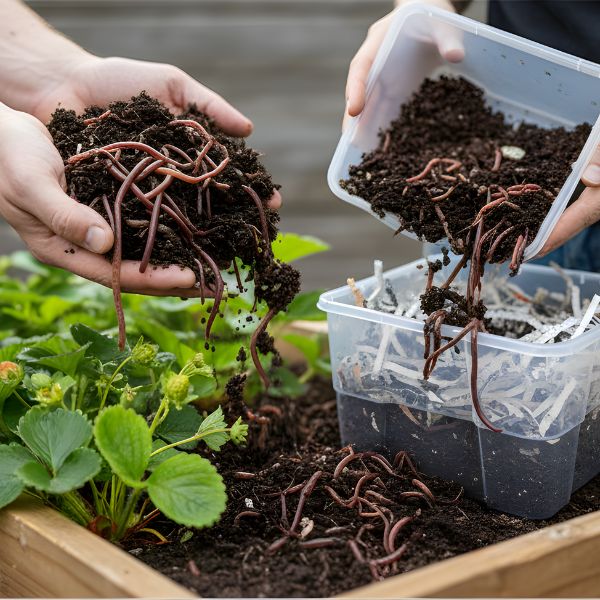
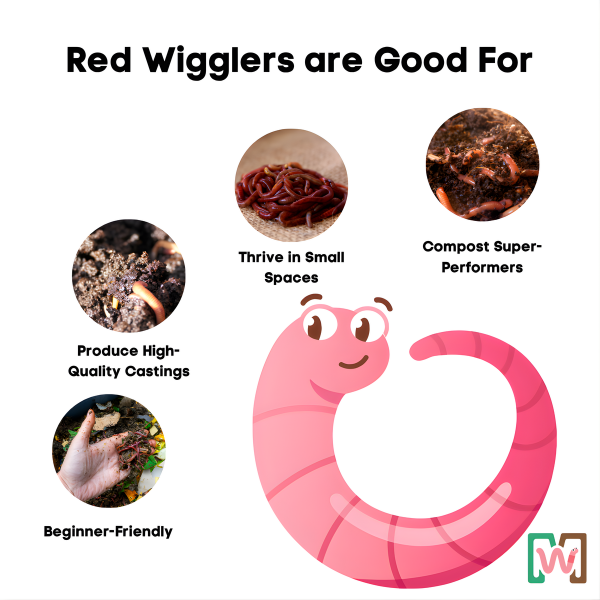

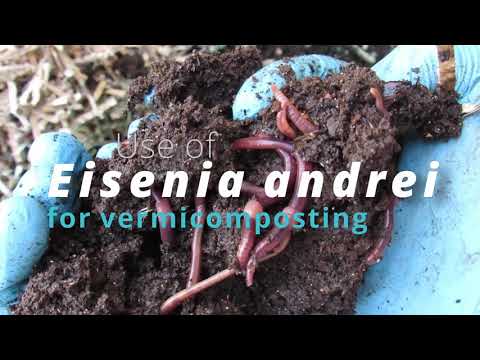
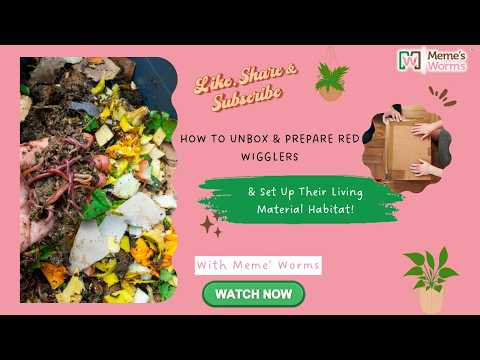
Living Material + Red Wiggler Composting Worms Eisenia andrei
Free shipping
JOIN THE SQUAD RECIEVE 50% OFF!
What to expect when buying Red Wigglers in Living Material: You’ll receive a 10×8×6 box containing a balanced composting blend of Eisenia andrei composting worms, nutrient-rich castings, and naturally active material (including cocoons and beneficial microbes).
Note: These composting worms are small but strong, thriving quickly once introduced to your bin or soil ecosystem.
At Meme’s Worms, we prepare and supply Eisenia andrei composting cultures in enriched living material — a balanced mix of organic substrate, microorganisms, and compost. This ecosystem supports efficient waste breakdown, improves soil vitality, and integrates seamlessly into compost systems or garden beds.
🌟 Join Meme’s Worm Squad for FREE!
Get 50% OFF your first order of Red Wigglers in Living Material. As a member, you’ll gain access to expert tips, Q&A calls, and a nationwide community of composting enthusiasts.
Join Meme’s Worm Squad, the ultimate community for worm farming enthusiasts at every stage! Whether you’re just starting out or running a successful vermiculture business, our vibrant community is here to support, connect, and help you grow! As a member of Meme’s Worm Squad, you’ll gain access to expert advice, live calls, and a network of like-minded individuals who are just as passionate about worm farming and sustainability as you are. This is the perfect place to enhance your worm farming journey. Introduce yourself, share your experiences, and get the support you need every step of the way.
Living Material + Red Wiggler Composting Worms Eisenia andrei
How fast will my worms ship?
We ship composting products every Monday and Friday using USPS Priority Mail or UPS Ground. Once shipped, orders typically arrive within 2–3 business days.
I live outside of Georgia — will my order arrive in good condition?
Yes! We guarantee product quality and freshness. Each order is carefully packed in breathable, insulated materials and shipped in sturdy corrugated boxes. Once dispatched, most shipments arrive within 2–3 business days in excellent condition.
I won't be home to receive my delivery what should I do?
If you will not be home, request a “Hold at Post Office” to ensure the bait stays in a temperature-controlled environment.
We recommend monitoring your tracking number closely and collecting your shipment promptly.
Are European Nightcrawlers Good for All Types of Fishing?
Absolutely! European Nightcrawlers perform exceptionally well for bass, trout, catfish, bluegill, and panfish. Their size and resilience make them a preferred choice for anglers of all skill levels.
We guarantee that all composting materials arrive in excellent condition and ready to use. If your package is damaged during delivery, contact us within 2 hours for support. Learn more.

Frequently Asked Questions
What are the advantages of composting worms in living material?
How many worms are included per order?
Can Eisenia andrei coexist with Eisenia fetida?
When will composting start?
Where can I buy Eisenia andrei composting cultures?
You may also like
Worm Knowledge
How to Harvest Worm Castings: A lived-in guide for 2026 gardeners
There comes a moment in a worm bin when the whole thing begins to look finished. Not in the perfect-ending sense, more like a small hint that the worms have been working for a while. The bedding da...
The Difference Between an Earthworm & Compost Worm
Understanding Earthworms vs Compost Worms Earthworms have played a major role in soil health for thousands of years. They naturally break down organic matter, improve soil aeration, and enhance moi...
What is the difference between vermicompost and vermiculture?
There is often some confusion about the difference between vermicomposting and vermiculture. This blog post will clear up any misconceptions and explain the key differences between these two me...

